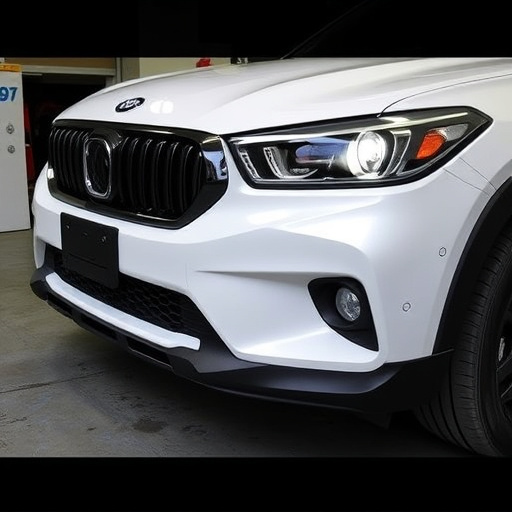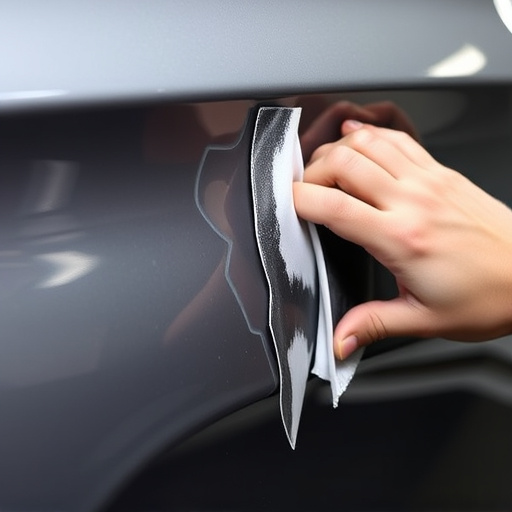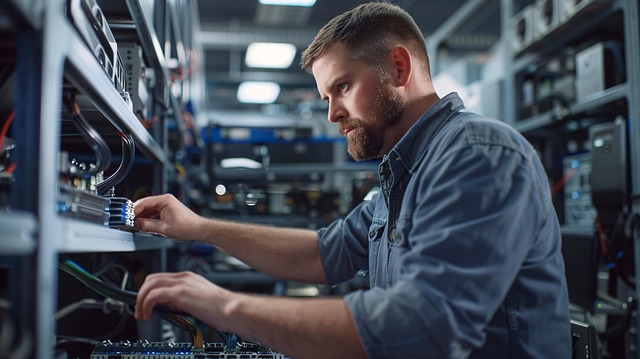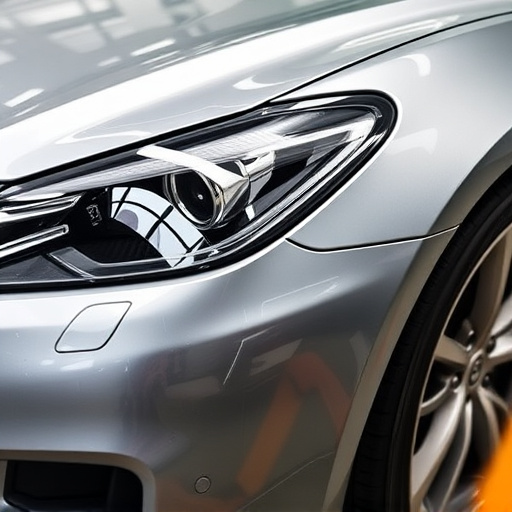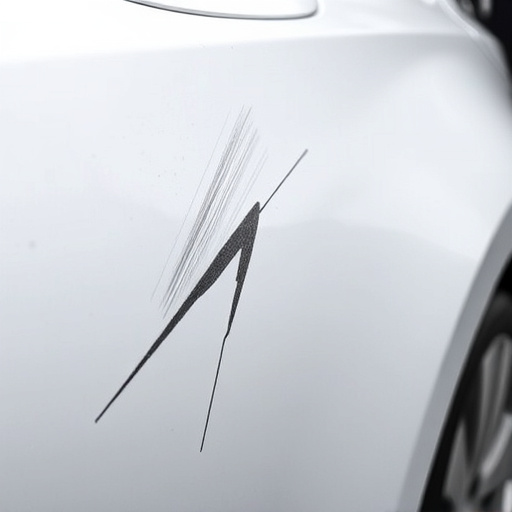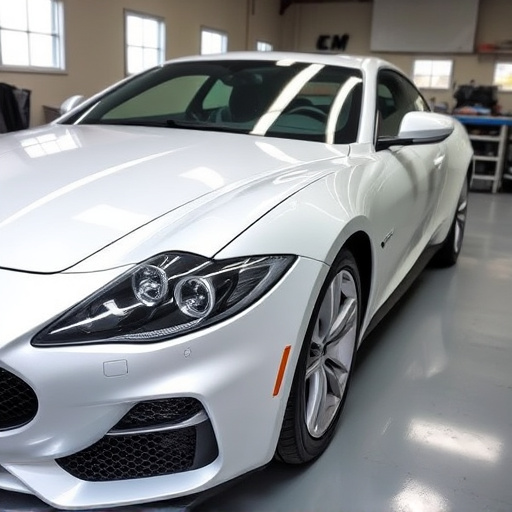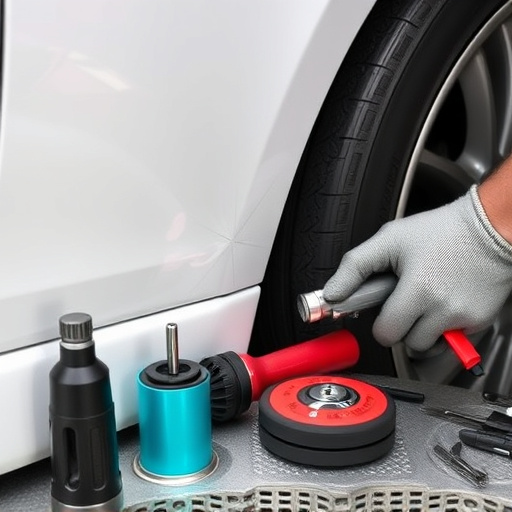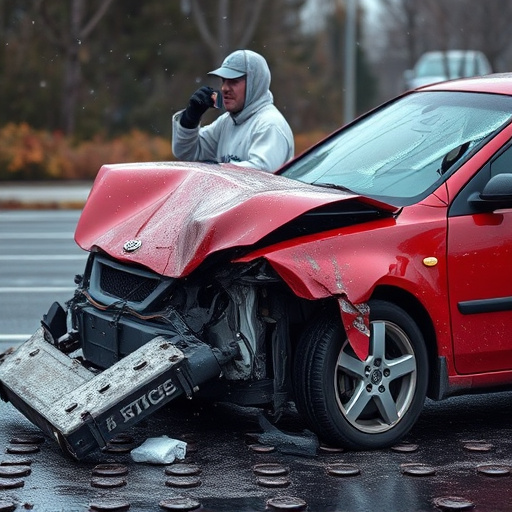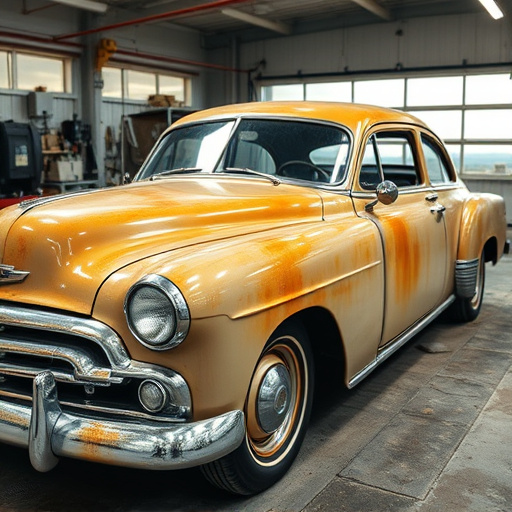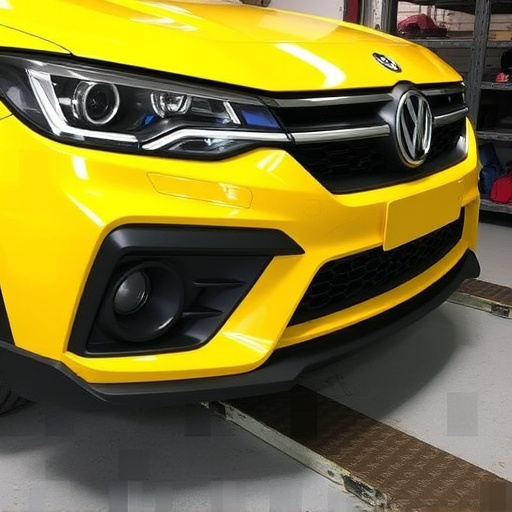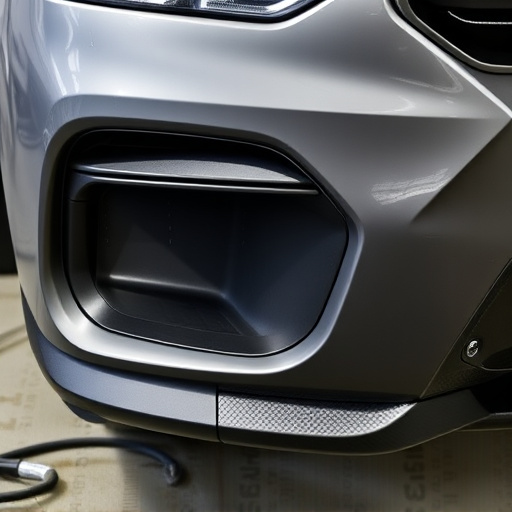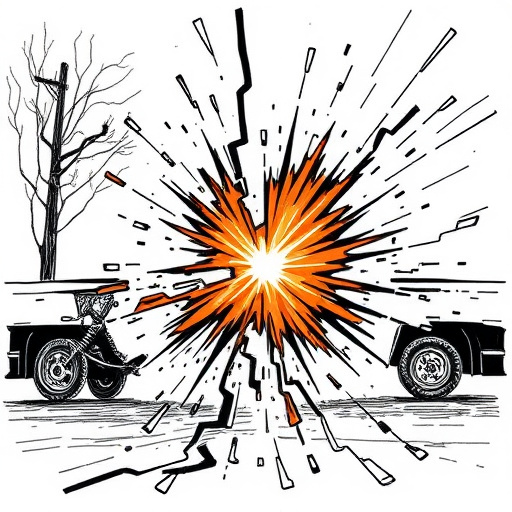Mercedes glass sensor calibration is a critical process for collision repair pros using laser scanners, capacitive sensors, and software to map glass surfaces and calibrate sensors accurately. This ensures peak performance of advanced driver assistance systems like automatic wipers and lane departure warnings, minimizing repair times and costs while prioritizing safety. Specialized tools enable precise measurements, adjustments, and real-time data retrieval for anomaly detection, crucial after collision damage. A structured approach includes body inspection, sensor identification, calibration, and testing to restore original system specifications.
In the realm of automotive precision, Mercedes glass sensor calibration is a vital procedure ensuring optimal vehicle performance. This comprehensive guide delves into the essential tools and techniques for achieving accurate results. From understanding the unique requirements of Mercedes vehicles to equipping yourself with the right calibration equipment, every step matters. We’ll walk you through a detailed process, covering everything from identifying issues to fine-tuning sensors, making you an expert in Mercedes glass sensor calibration.
- Understanding Mercedes Glass Sensor Calibration Tools
- Essential Calibration Equipment for Accurate Results
- Step-by-Step Guide to Sensor Adjustment Techniques
Understanding Mercedes Glass Sensor Calibration Tools
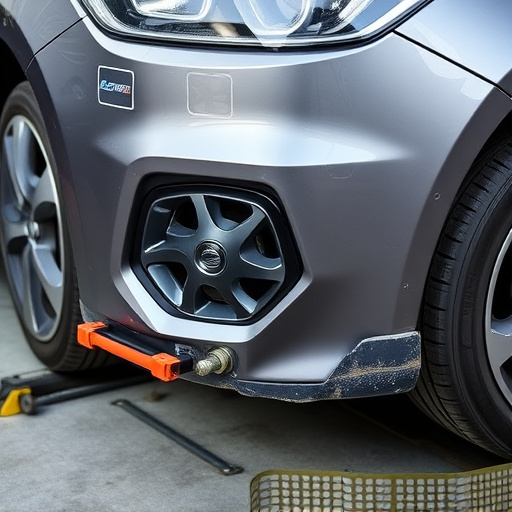
Mercedes glass sensor calibration is a critical process that ensures the vehicle’s advanced safety systems function optimally. To achieve accurate results, several specialized tools are employed by automotive collision repair and fleet repair services professionals. These tools are designed to calibrate various sensors within the Mercedes’ sophisticated driver assistance and windshield wiper control systems.
Automotive collision repair experts rely on precision measurement devices like laser scanners and capacitive sensors to map the glass surface accurately. They also utilize software-based calibration platforms that guide them through complex algorithms, ensuring each sensor is precisely set to detect even minor variations in glass thickness and integrity. This meticulous process is essential for maintaining optimal vehicle performance and safety, particularly in critical functions like automatic wiper deployment and lane departure warning systems. Moreover, these tools aid in minimizing the time and cost associated with auto body repairs while ensuring customer safety.
Essential Calibration Equipment for Accurate Results
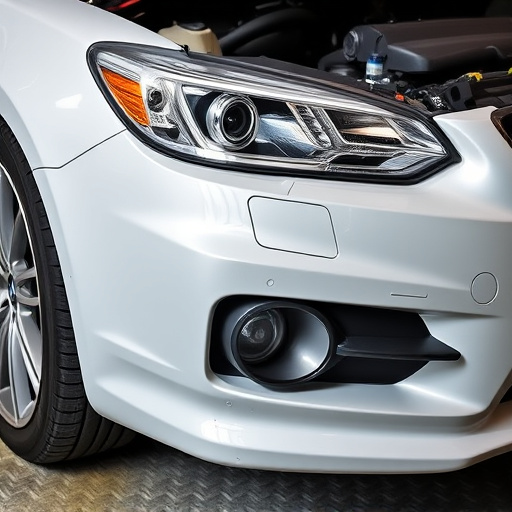
Achieving precise results during Mercedes glass sensor calibration is paramount to ensure the safety and functionality of modern vehicles. For this critical procedure, several essential tools are required in an automotive body shop or car repair shop. Among them, high-quality calipers and gages play a pivotal role in accurately measuring and adjusting the sensors’ sensitivity. These precision instruments allow technicians to fine-tune the sensors for optimal performance.
Moreover, specialized diagnostic scanners are indispensable for Mercedes glass sensor calibration. These advanced devices facilitate communication with the vehicle’s onboard computer, enabling the identification of any sensor anomalies and providing data on real-time sensor readings. Such tools are vital in a collision damage repair setting, where accurate sensor calibration is essential to restore the car’s safety systems to their original specifications after any impact or repair event.
Step-by-Step Guide to Sensor Adjustment Techniques
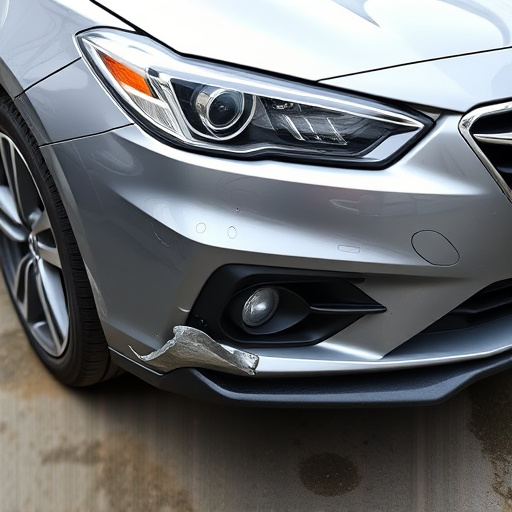
Mercedes glass sensor calibration is a precise procedure that demands meticulous attention to detail. To begin, technicians should start by inspecting the car’s bodywork for any signs of damage or misalignment. This initial step ensures that adjustments are made with a clear understanding of the vehicle’s structural integrity. Next, using specialized tools designed for Mercedes glass sensor calibration, the sensor is carefully adjusted. This involves calibrating the sensor’s sensitivity to detect even subtle variations in window alignment. A step-by-step guide to these techniques includes:
1. Preparation: Ensure proper tools are at hand, including precision calipers and laser measurement devices. The car should be on a level surface for accurate readings.
2. Sensor Identification: Locate the specific sensors responsible for glass positioning in the car body shop. Different models may have unique sensor placements, requiring tailored adjustments.
3. Calibration Process: Use calibrated tools to adjust the sensor’s position and settings. This involves precise measurements and adjustments to ensure the sensor provides accurate data on window alignment.
4. Testing: After calibration, conduct thorough testing to verify the sensor’s functionality. This includes checking for proper signals in response to various window positions, ensuring seamless performance during classic car restoration or regular maintenance.
Mercedes glass sensor calibration is a precise process that requires the right tools and techniques. By understanding the essential equipment and step-by-step procedures, you can ensure accurate results in adjusting your Mercedes’ sensors. This knowledge equips owners to maintain optimal vehicle performance and safety, making it a valuable guide for anyone tackling this task.
